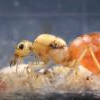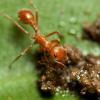2. Date of collection June 8
3. Habitat of collection: oak and pine forrest
4. Length: I am unsure. I thought it was a bee or a wasp when I first saw it. It is probably one of the largest ants I have seen
5. Coloration: black and orange
6. Distinguishing characteristics: one node and triangle head
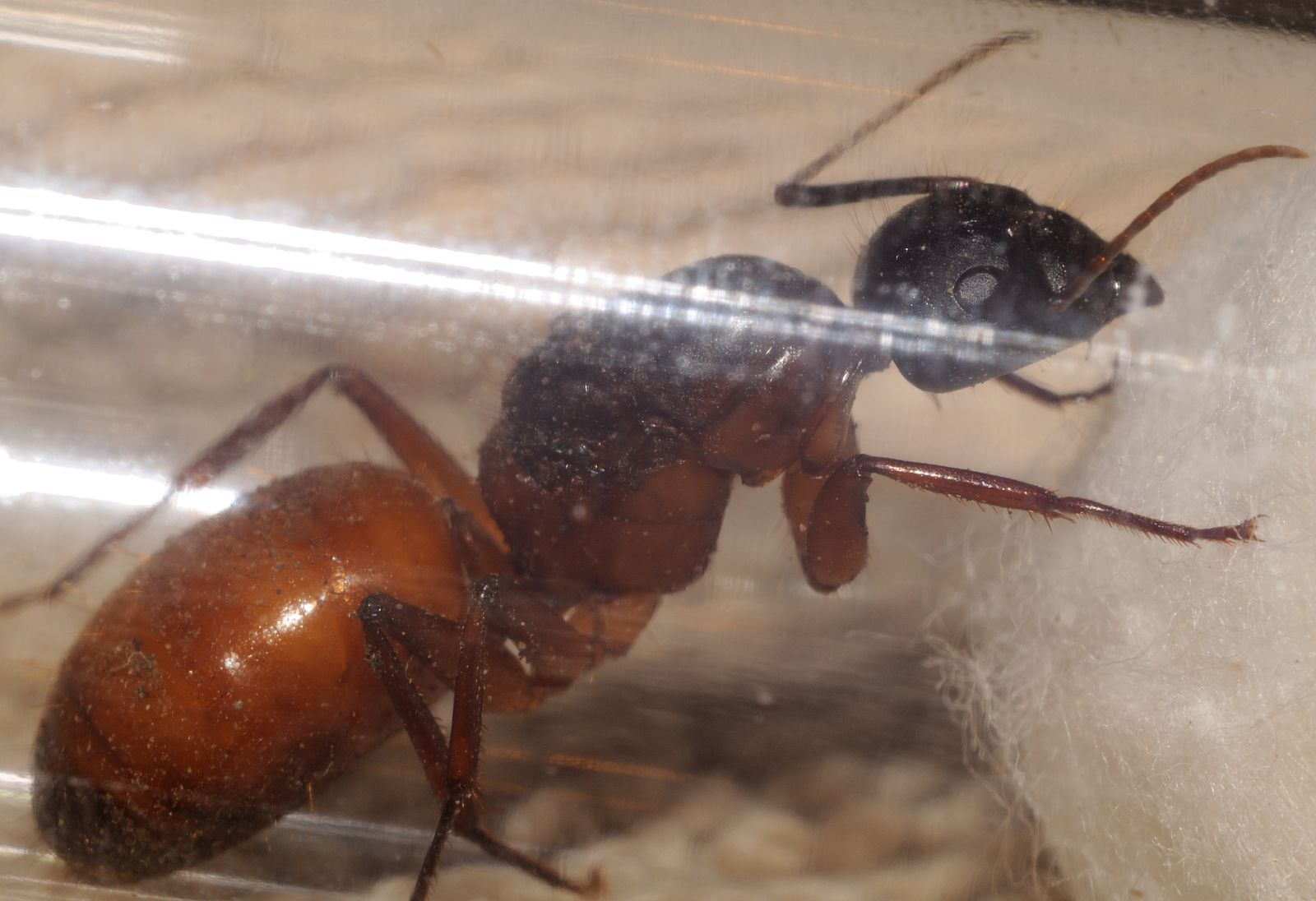
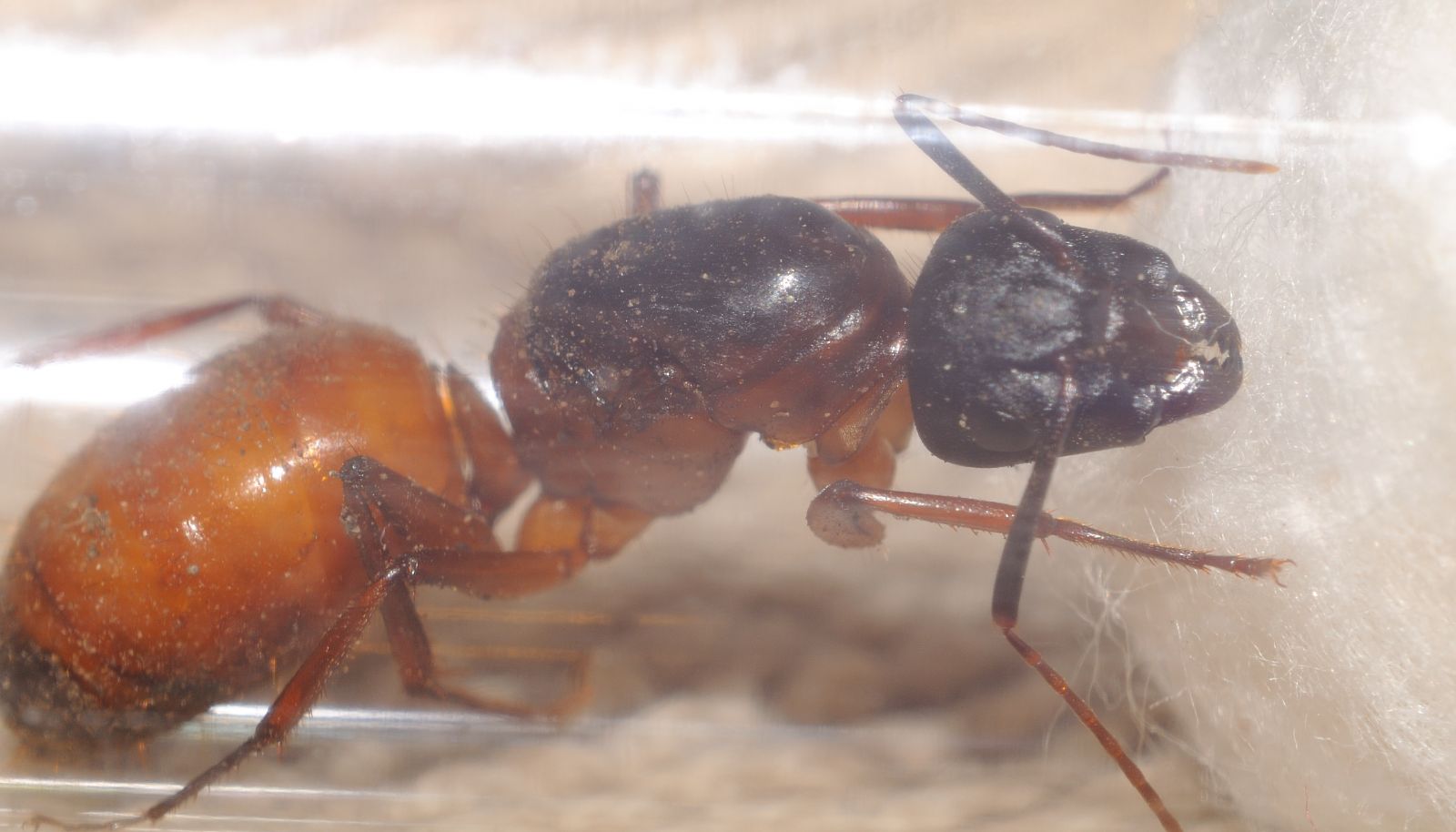
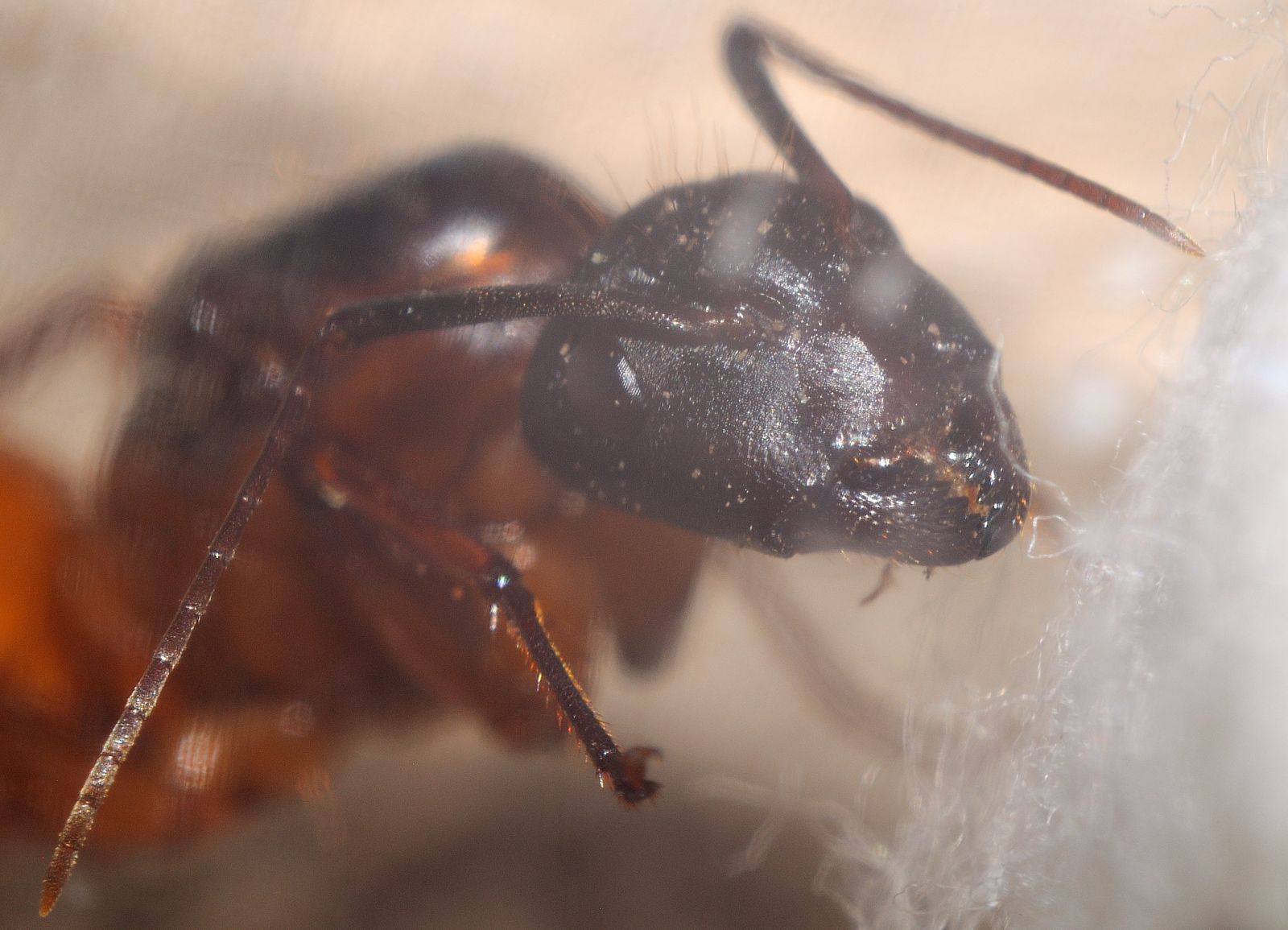
Edited by JTaves, June 9 2018 - 6:17 AM.




